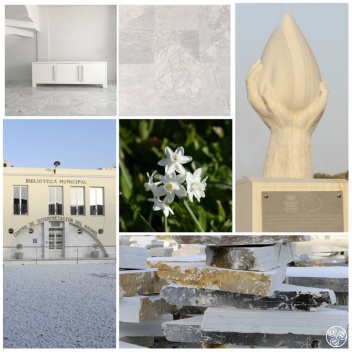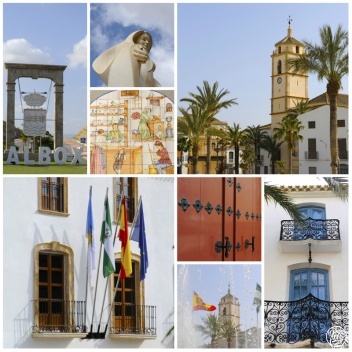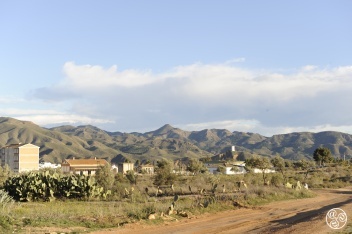Hotels
Almanzora area is located in the northeast of the province between the areas of Los Vélez and the Sierra de los Fibrales. Is made up of 27 municipalities and it has a Mediterranean climate, the average temperature is 15 Cº. The area has cold winters with average minimum temperatures of 2ºC in the coldest months and maximum average temperatures of 13ºC.


